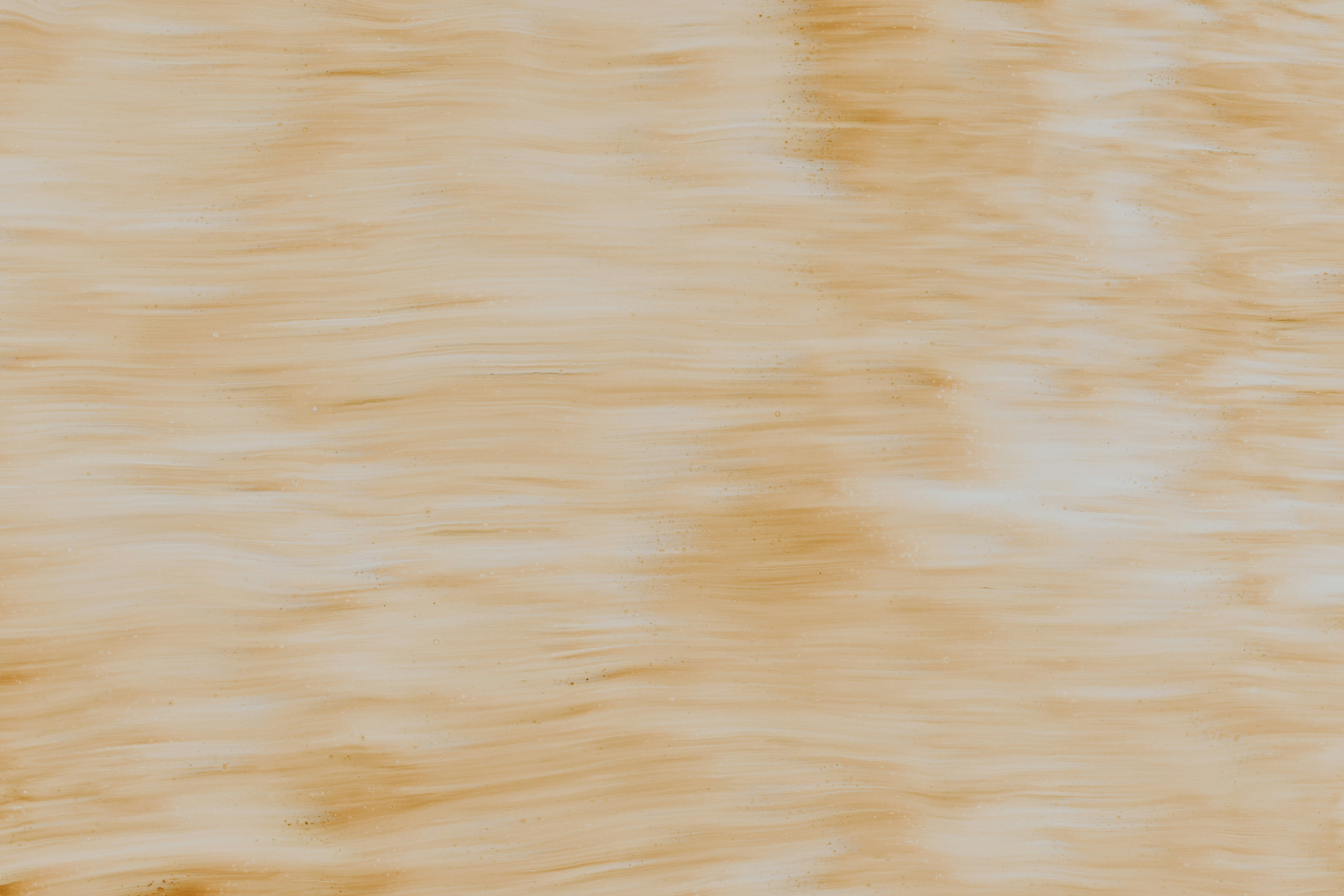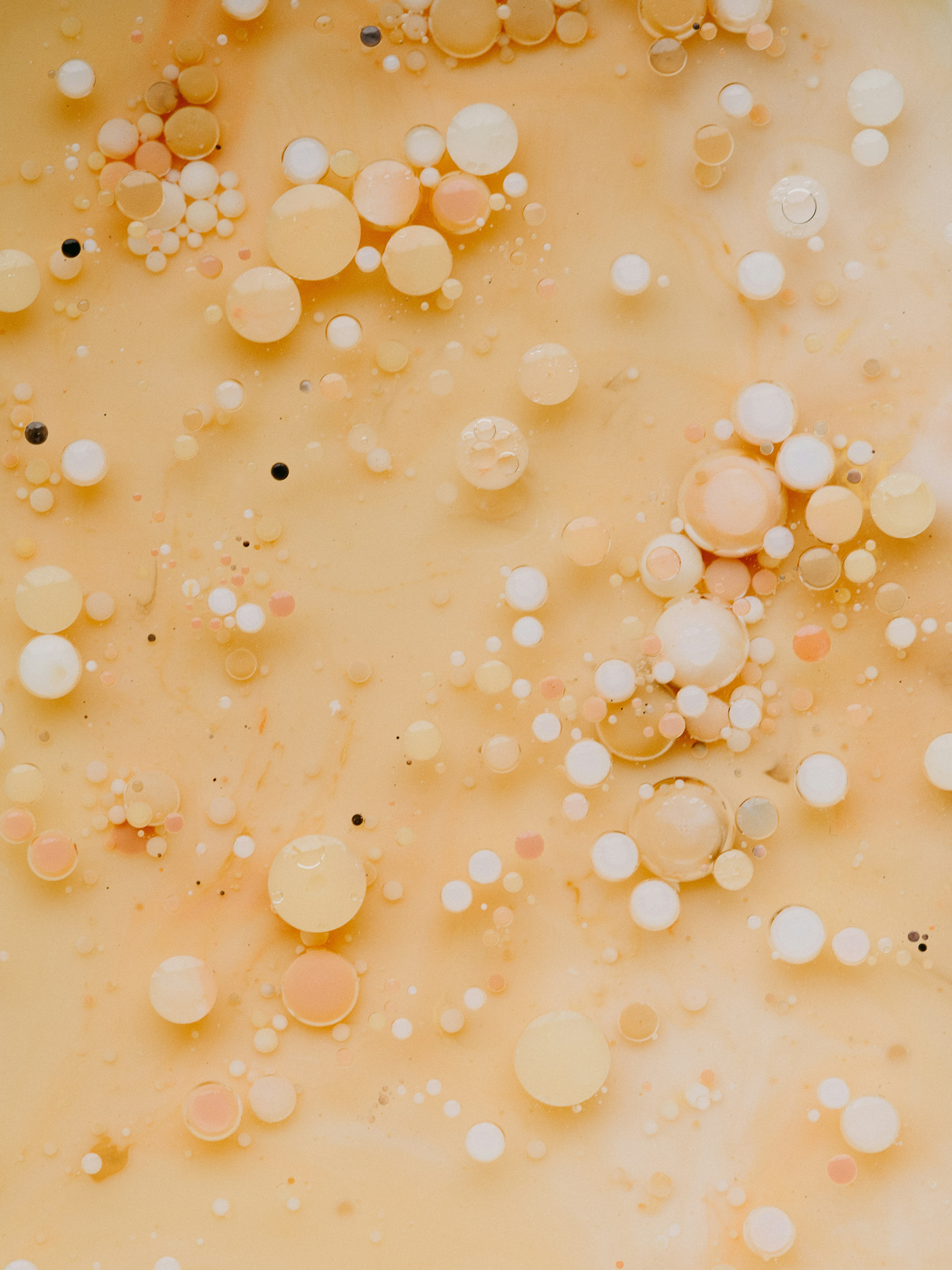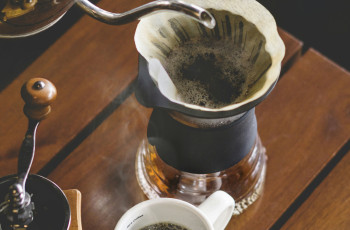Looking to add some creativity and uniqueness to your woodworking or metalworking projects? Look no further! In this article, we will explore the wonderful world of creating decorative finishes and textures using electric die grinders. These versatile tools allow you to turn ordinary materials into stunning works of art, whether you’re looking to add intricate patterns, smooth surfaces, or even distressed effects. With just a few techniques and some practice, you’ll be amazed at the endless possibilities these powerful tools can offer. So, grab your electric die grinder and let’s unleash your artistic side!

Basics of Electric Die Grinders
Understanding the functionality of electric die grinders
Electric die grinders are versatile power tools that are commonly used for various tasks such as engraving, carving, shaping, and polishing. These handheld devices are equipped with a high-speed motor that spins a small grinding bit, allowing you to precisely and intricately work on different materials. Electric die grinders are known for their compact size, making them easy to maneuver and control for detailed work.
Exploring different types of electric die grinders
There are several types of electric die grinders available in the market, each designed for specific tasks and applications. Straight die grinders are the most common type, featuring a straight body with a collet at the end where the grinding bit is attached. Right-angle die grinders, on the other hand, have a 90-degree angled head, making them suitable for tight spaces and corners. Variable speed die grinders offer adjustable speed settings, allowing you to control the RPM (rotations per minute) based on the material and task at hand.
Choosing the right die grinder for decorative finishes
When it comes to decorative finishes, it’s essential to choose the right die grinder that suits your specific needs. For intricate designs and fine detail work, a straight die grinder with a smaller collet size is preferable. If you need to work in tight spaces or corners, a right-angle die grinder can provide better accessibility. Additionally, selecting a die grinder with variable speed settings allows you to customize the speed based on the material you are working with, ensuring optimal control and precision in achieving the desired decorative finishes.
Safety Measures
Wearing appropriate safety gear
Before operating an electric die grinder, it is crucial to prioritize safety by wearing the appropriate gear. This includes safety goggles or a face shield to protect your eyes from flying debris, as well as ear protection to prevent hearing damage from the noise generated by the grinder. It is also advisable to wear a dust mask or respirator to avoid inhaling any particles or dust that may be produced during the grinding process. Additionally, wearing gloves can provide added protection and grip while working with the die grinder.
Keeping the work area well-ventilated
To maintain a safe and healthy working environment, it is essential to ensure proper ventilation. Electric die grinders generate dust and debris during operation, and adequate airflow helps in dispersing these particles, preventing them from accumulating in the work area. If possible, work outdoors or in a well-ventilated space to minimize the risk of inhaling airborne particles. It is also advisable to use a dust extraction system or wear a dust mask to further reduce exposure to dust and maintain a clean work environment.
Using the die grinder with caution and care
Electric die grinders are powerful tools that require caution and care while operating. Always hold the grinder securely with both hands, maintaining a firm grip and steady control. Do not exceed the recommended RPM for the specific accessory or material you are using, as this can lead to accidents or damage to the grinder. It is essential to be mindful of the direction of rotation and avoid any contact with body parts or loose clothing. Prioritize safe handling and avoid distractions, ensuring that you are fully focused on the task at hand.
Preparing the Surface
Cleaning and sanding the surface
Before applying any decorative finishes, it is crucial to prepare the surface properly. Start by cleaning the surface to remove any dirt, grease, or debris that may interfere with adhesion. Use a mild detergent and water solution or an appropriate surface cleaner to thoroughly clean the surface. Once the surface is clean, sanding can help in achieving a smooth and even texture. Use a fine-grit sandpaper or sanding block to gently sand the surface, ensuring that any rough spots or imperfections are smoothed out.
Applying a primer or base coat
To enhance the adhesion and durability of the decorative finish, it is recommended to apply a primer or base coat. A primer creates a bonding layer between the surface and the decorative finish, ensuring better adhesion and longevity. Depending on the material and the type of decorative finish you intend to apply, choose a suitable primer or base coat that is compatible with both the surface and the desired finish. Follow the manufacturer’s instructions for proper application and drying time before proceeding to the next step.
Ensuring a smooth and even surface
Achieving a smooth and even surface is crucial for a successful decorative finish. After sanding and applying a primer or base coat, inspect the surface for any remaining imperfections. Use sandpaper or a sanding block to further smooth out any rough spots or uneven areas. Take your time and ensure that the surface is free from any blemishes, as these can affect the final appearance of the decorative finish. Remember to clean the surface again after sanding to remove any dust or debris before proceeding with the next steps.
Creating Decorative Finishes
Using cutting and shaping bits for intricate designs
One of the primary purposes of an electric die grinder is to create intricate designs and patterns. Various cutting and shaping bits are available for different purposes, including carving, engraving, and shaping. Carbide burrs are commonly used for carving and shaping wood or soft materials, while diamond burrs are suitable for working with harder materials like metal or stone. Experiment with different bit shapes and sizes to achieve the desired decorative effect, ensuring that you have a steady hand and a controlled grip while working.
Experimenting with different patterns and textures
With an electric die grinder, you have the freedom to experiment with different patterns and textures to create unique decorative finishes. Try out different techniques, such as stippling, cross-hatching, or freehand strokes, to add depth and dimension to your work. You can also explore using various accessories, such as sanding drums or grinding discs with different grits, to achieve different textures and effects. Don’t be afraid to think outside the box and let your creativity flow when experimenting with different patterns and textures.
Understanding the impact of speed and pressure on the finish
The speed and pressure applied during the grinding process have a significant impact on the final decorative finish. Higher speeds generally result in a smoother finish, while lower speeds provide more control and precision. However, it is important to find the right balance between speed and pressure, as excessive pressure can cause damage to the surface or lead to an uneven finish. Take time to practice and experiment with different speed and pressure settings to achieve the desired decorative effect, always remembering to prioritize safety and control.

Exploring Various Techniques
Carving and engraving techniques
Carving and engraving are popular techniques used to create intricate designs and patterns using an electric die grinder. By carefully manipulating the grinder and the appropriate cutting or engraving bit, you can create detailed and precise designs on various materials. Start with simple designs and gradually increase the complexity as you gain confidence and expertise. Practice different carving and engraving techniques, such as relief carving or line engraving, to add depth and visual interest to your decorative finishes.
Routing and grooving methods
Routing and grooving are techniques that allow you to create channels or grooves in the material, adding texture and definition to your decorative finishes. Router bits or groove cutters can be attached to the die grinder to achieve this effect. Experiment with different bit sizes and shapes to create grooves of varying depths and widths. Be mindful of the pressure applied and maintain steady control to achieve clean and precise results. Routing and grooving can be particularly effective when working with wood, but can also be applied to other materials like plastic or metal.
Blending and smoothing surfaces
Sometimes, achieving a seamless transition between different surfaces or areas is crucial for a visually pleasing decorative finish. Electric die grinders can be used to blend or smooth surfaces, creating a seamless appearance. Attach sanding drums or flap wheels with the appropriate grit to the grinder and gently work on the transition areas. By gradually removing material and blending the edges, you can achieve a seamless and polished finish. Take your time and ensure that the blending is even and consistent to maintain the overall aesthetics of your decorative finish.
Utilizing Different Accessories
Choosing the right accessories for specific finishes
To achieve specific finishes or effects, it is important to choose the right accessories for your electric die grinder. Different grinding bits, sanding drums, or polishing attachments are available to cater to specific needs. For example, if you want to achieve a smooth and polished finish, using a polishing attachment with a buffing pad is recommended. Similarly, sanding drums and flap wheels are suitable for blending surfaces or achieving textured finishes. Consider the desired outcome and select the appropriate accessory that can help you achieve the desired result.
Using sanding drums and flap wheels for blending
Sanding drums and flap wheels are particularly useful when it comes to blending surfaces or achieving textured finishes. Sanding drums consist of sandpaper wrapped around a cylindrical drum, allowing you to gently remove material and blend the edges for a seamless finish. Flap wheels are made up of overlapping abrasive flaps, providing a softer and controlled blending process. Experiment with different grits and sizes of sanding drums or flap wheels to achieve the desired texture and blending effect, remembering to work in a consistent and controlled manner.
Applying polisher attachments for a glossy finish
If you want to achieve a glossy and polished finish on your decorative texture, polisher attachments can be used with your electric die grinder. These attachments typically consist of a soft buffing pad that can be applied to the surface. Apply a suitable polishing compound or wax onto the pad and gently work it over the textured surface. The motion and pressure applied will help in polishing the surface, resulting in a glossy and lustrous finish. Take caution not to apply excessive pressure or speed, as it can cause damage to the surface or the decorative texture.

Working with Different Materials
Achieving decorative finishes on wood surfaces
Wood surfaces offer endless possibilities for creating decorative finishes using an electric die grinder. The soft nature of wood allows for intricate carving, engraving, and shaping. Use carbide burrs or diamond burrs, depending on the hardness of the wood, to achieve precise and detailed designs. Experiment with different patterns, textures, and depths to create visually appealing finishes. Take time to sand and smooth the wood surface before applying any decorative finishes to ensure a clean and even canvas for your artwork.
Applying textures to metal and plastic materials
While metal and plastic materials may be more challenging to work with compared to wood, an electric die grinder can still be used to achieve decorative finishes on these surfaces. Choose appropriate cutting bits or grinding discs specifically designed for metal or plastic materials. Ensure that the grinder is set to an appropriate speed and use steady and controlled movements to avoid overheating or damaging the surface. Experiment with textures, patterns, and depths to explore the possibilities of creating visually interesting finishes on metal and plastic materials.
Experimenting with stone and concrete surfaces
Stone and concrete surfaces offer a unique opportunity to create captivating decorative finishes using an electric die grinder. Attach diamond burrs or grinding discs suitable for working with hard materials. The high-speed rotation of the grinder allows for precise shaping, engraving, or carving on stone or concrete. Experiment with different designs, patterns, and textures to enhance the natural beauty of these materials. Be mindful of the hardness of the stone or concrete, as excessive pressure or speed may cause damage. Take your time and exercise control to achieve the desired decorative finishes.
Tips and Tricks for Successful Results
Practicing on scrap or test surfaces first
Before embarking on a decorative finish project on the actual material, it is advisable to practice on scrap or test surfaces first. This allows you to familiarize yourself with the grinder, different accessories, and techniques. Practice various designs, patterns, and textures to refine your skills and gain confidence. This also gives you the opportunity to make any necessary adjustments or modifications to achieve the desired result. Once you are comfortable with the process and have achieved satisfactory results on the test surface, you can proceed to work on the actual material with more confidence.
Maintaining a steady hand and consistent pressure
Achieving precise and detailed decorative finishes requires a steady hand and consistent pressure while operating the electric die grinder. Keep your hand steady and firmly grip the grinder to maintain control and accuracy. Apply consistent pressure to ensure an even and uniform finish. Avoid sudden movements or jerky motions, as this can compromise the quality of the decorative texture. Practice patience and maintain a calm and focused mindset to achieve the best possible results.
Taking breaks to avoid overheating the die grinder
During lengthy or intensive grinding sessions, it is important to take breaks to prevent overheating the die grinder. Continuous use of the grinder without breaks can cause the motor to overheat, leading to performance issues or even damage. Allow the grinder to cool down periodically, particularly if you notice any signs of overheating such as a burning smell or decreased performance. This not only helps in maintaining the longevity of the grinder but also ensures safe and effective operation throughout the decorative finish project.
Finishing and Sealing
Cleaning the surface after creating decorative finishes
After completing the decorative finishes, it is crucial to clean the surface to remove any dust, debris, or residue that may have accumulated during the grinding process. Use a soft brush or compressed air to gently remove loose particles. Then, wipe the surface with a clean and damp cloth to ensure a pristine finish. Proper cleaning not only enhances the visual appeal but also allows for better adhesion of any sealants or protective coatings that will be applied in the next step.
Applying appropriate sealants or protective coatings
To ensure the longevity and durability of the decorative texture, it is recommended to apply appropriate sealants or protective coatings. These coatings not only enhance the appearance but also protect the surface from environmental factors, such as moisture or UV exposure. Choose a sealant or coating that is suitable for the specific material and decorative finish you have created. Follow the manufacturer’s instructions for application, ensuring even coverage and proper drying time. Applying multiple coats may be necessary for optimal protection and longevity.
Ensuring longevity and durability of the decorative texture
To maximize the longevity and durability of the decorative texture created using an electric die grinder, it is essential to follow proper finishing and sealing techniques. Regularly inspect the surface for any signs of wear or damage and make necessary touch-ups or repairs as needed. Avoid exposing the surface to excessive moisture or harsh chemicals that may compromise the integrity of the finish. With proper care and maintenance, your decorative finish can retain its beauty and durability for years to come.
Maintenance and Care
Cleaning and lubricating the die grinder regularly
To ensure the optimal performance and longevity of your electric die grinder, regular cleaning and lubrication are necessary. After each use, clean the grinder by gently wiping off any dust or debris using a soft cloth or brush. If needed, use compressed air to blow out any remaining particles. Lubricate the moving parts of the grinder, such as the collet and bearings, with a suitable lubricant to minimize friction and prevent rust or corrosion. Follow the manufacturer’s recommendations for specific cleaning and lubrication procedures.
Replacing worn-out or damaged bits and accessories
Bits and accessories of an electric die grinder may wear out or become damaged over time with extended use. Regularly inspect the condition of your bits and accessories, checking for any signs of wear or damage. Replace any worn-out or damaged bits to ensure optimal performance and safety. It is also important to choose high-quality replacement parts that are compatible with your specific grinder model. Investing in good quality bits and accessories will ensure a smooth and consistent grinding experience.
Storing the die grinder in a safe and dry place
When the electric die grinder is not in use, it is important to store it in a safe and dry place. Moisture and humidity can cause rust or corrosion, which can affect the performance and lifespan of the tool. Keep the grinder in a clean and organized toolbox or storage cabinet, protected from dust and debris. Avoid exposing the grinder to extreme temperatures or direct sunlight, as this can also damage the internal components. Proper storage ensures that your die grinder is ready for use whenever you need it and prolongs its overall lifespan.
By following these guidelines and practicing proper techniques, you can confidently create decorative finishes and textures using an electric die grinder. Remember to prioritize safety at all times, choose the appropriate accessories for your specific needs, and practice patience and control for successful results. With practice and experimentation, you can unlock the full potential of your electric die grinder and unleash your creativity in creating stunning decorative finishes.



